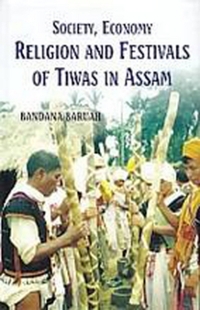Question
Question 1: Which of the following is NOT true of majority and dissenting opinions? A.) None of the other options are correct; they are all
Question 1: Which of the following is NOT true of majority and dissenting opinions?
A.) None of the other options are correct; they are all true of majority and dissenting opinions.
B.)If not all judges or justices on an appellate court agree regarding the outcome of the case, the judges or justices who disagree with the majority may explain their reasoning in a dissenting opinion.
C.)An opinion by an appellate court may only be relied upon as precedent in subsequent cases if the decision was reached unanimously without a dissenting opinion.
D.) The majority opinion is the decision that has the force of law.
Question 2: At which points in history has the scope of the federal authority been viewed less expansively, relative to that of the states?
A.)In the early 1800s and since the early 1980s
B.)During the early 1800s, the New Deal era, and the civil rights era
C.)In the mid-1800s and since the early 1980s
D.) During the New Deal era and since the early 1980s
Please explain in short the reasons for correct and incorrect options
Step by Step Solution
There are 3 Steps involved in it
Step: 1

Get Instant Access to Expert-Tailored Solutions
See step-by-step solutions with expert insights and AI powered tools for academic success
Step: 2

Step: 3

Ace Your Homework with AI
Get the answers you need in no time with our AI-driven, step-by-step assistance
Get Started


